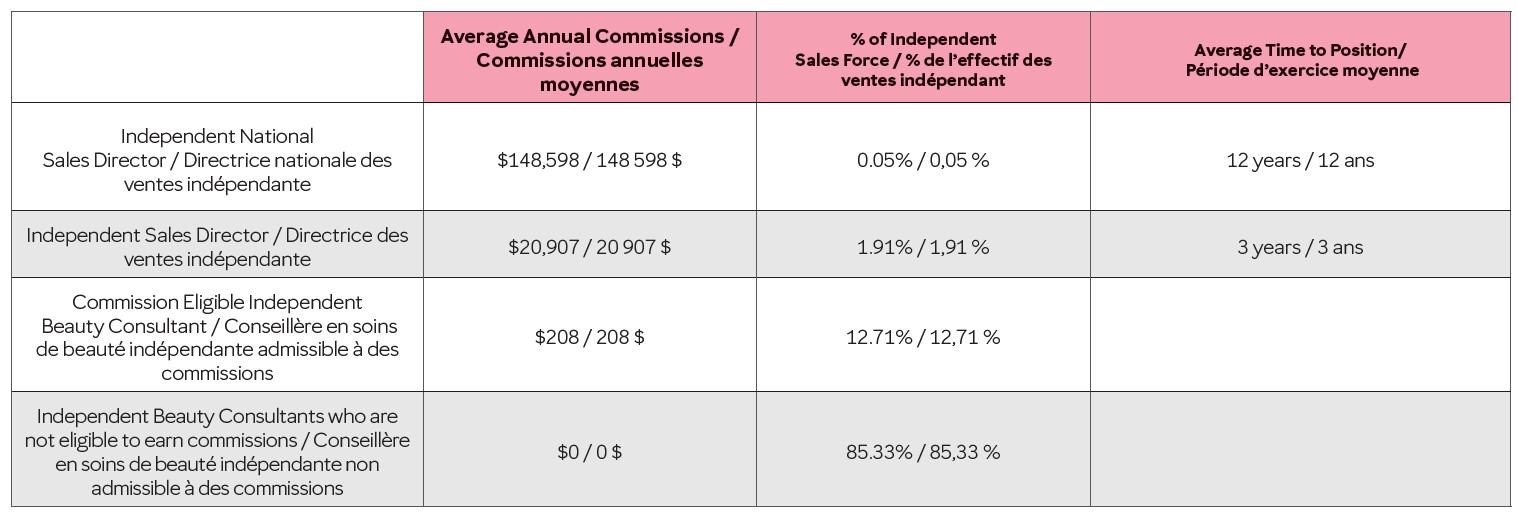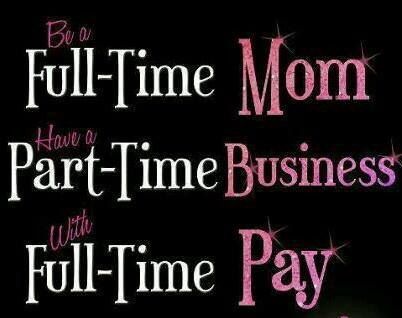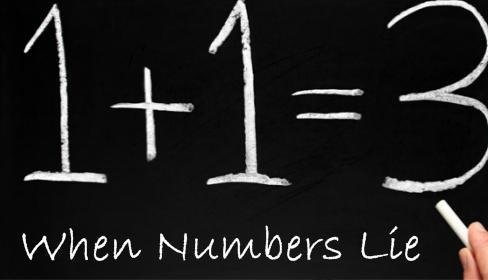
Mary Kay Income Disclosures Through Pink Tinted Glasses
Written by Frosty Rose
By this point, almost all of us on this site are familiar with government-mandated income disclosures that many direct sales companies (MLMs) are required to publish. Canada, in particular, is a reasonably comparable market to the US with much stricter regulations surrounding required income disclosures, so that’s where some of Pink Truth’s data comes from. MK US does not disclose average income, but is increasingly cracking down on the independent sales force regarding income claims (because the FTC is forcing them to do so).
The income disclosure information is not hard to find. And a common question here and in other anti-MLM spaces is, why aren’t consultants paying attention to these facts? Why are they blind to the fact that only .042% of the independent sales force are making a livable wage? 

I was a consultant for many years, and I was aware of these income disclosures, especially for other companies. I knew that the Canada reports existed, but I never really looked at them for a variety of reasons.
Why? What are most consultants telling themselves to justify ignoring such important information? They tell themselves things like this:
- At least Mary Kay isn’t XYZ Company. Their income disclosures are so much worse! (They’re not, but that’s what I thought as a consultant.)
- Canada numbers aren’t US numbers. The women in the US, the headquarters and home base of Mary Kay, must be doing better! (There was no critical thinking on my part on why the US doesn’t disclose average incomes. They don’t because the government doesn’t require them to.)
- The income disclosures are just negativity. In Mary Kay, there’s only positive and negative. There is no room for objective facts to simply exist. If income disclosures (or friends or husbands or the FTC) say something bad about the viability of Mary Kay as a business, it must be negative, and thus must be blocked out.
- Those numbers only reflect commissions earned from downlines, and don’t reflect income from sales of the product. Most consultants earn most of their income from product sales, the company itself says so! In the spirit of “don’t question the company line,” there’s no critical thinking about WHY, if retail sales are such an integral part of the sales force’s income, the company refuses to track retail sales to end users.
The fabric of the independent business which Mary Kay has carefully curated over the past 60+ years mandates that consultants aren’t required to do anything they don’t want to do. If they want to be successful, they have all the tools they need to define success for themselves and achieve whatever level they desire.
So, if 84% of consultants are not recruiting and earning commissions from the company, it’s because they don’t want to. I, personally, find that laughable. But I suppose it’s possible.
But what happens when we look at the other extreme of earnings? Only .042% of the sales force will ever achieve the coveted position of national sales director. Is that because only half a percent of women want that role? Of course not! Just look at the likes of Heather Daniel Kent and Chelsea Adkins, who have been “naming and proclaiming” their national areas for years.
If you really could achieve the level of success you wanted and worked for, these women would have “promoted themselves” the first (or second, or fifth) time they set the goal, and not be stuck in the dial-for-dollars grind. Obviously, not everyone who wants to be a national can be, and the same logic applies to consultants—not everyone who wants to have a team and earn a “love check” can do so. Saying otherwise is victim-blaming those who generally try their hardest but are trapped in a broken system.
Consultants also tell themselves:
- The numbers on the earnings disclosure are just “averages,” so some women earn much more than that! True! That’s the nature of averages. But the Pink Fog does not allow people to examine the opposite reality. Some people are earning much less! For the average director to earn a little more than $22,000 per year, mathematically, half of directors must be earning less than that!
Again, the cult of personal responsibility tells consultants and directors that if they’re not achieving to the level they want, it’s all their fault. Anything is possible, as long as you want it bad enough and work hard enough. So, which is it? Do more than half of sales directors, the top 1.8% of the company by their own numbers not want to earn more than $22,000/year? Or do the top 2% of achievers lack the work ethic to achieve financial stability (not even success!)? Consultants and corporate will tell you that one or the other must be true. Outside the Pink Fog, it’s clear that that argument is utter drivel.
One misconception isn’t directly related to income disclosures, but permit me the tangent. Consultants are trained to believe that the company’s generous commission structure rewards leaders for training a successful downline. The downline doesn’t pay their leaders, the company takes a portion of their own profits to reward successful leaders.
Ask yourself this, dear one. Where do the company profits come from? Does Mary Kay have some secret source of revenue that doesn’t derive from sales of products to consultants? Face it, the “wholesale price” that consultants pay is an aggregate of MK’s R&D cost and production cost. Plus, the cost of that multi-million-dollar opulent pink office building. And the warehouses and factories. And the corporate salaries, and benefit packages for the actual employees of the company. And the commissions paid to directors and NSDs.
Mary Kay is not some magnanimous corporate benefactor. It’s a profit machine funded exclusively by the sale of products to consultants. And it doesn’t care whether those consultants turn a profit of their own, as long as they keep buying products. Or, preferably, replace themselves with 1-2 new consultants who buy large inventory packages before they inevitably wash out.
Hear my heart. I am not judging the women trapped in Mary Kay. This company has practiced for 60+ years and fine-tuned the art of manipulating people to believe it is a viable business for the independent sales force. It isn’t.
If you doubt this simple fact, I have a challenge for you. Look at your sales for the past month. Pull your sales receipts, and deduct only the money you’ve spent on orders from the company and attending events. Did you really turn a profit? Were the only categories in which you spent money?
What about the consultants in your unit—how are they doing? How about that “love check”? Did it outperform the income disclosure’s average? By how much? When I examined my business this way, I blamed myself (as I was trained to do) for my poor results. When my lack of success was my own fault, and not the fault of the system in which I was trapped, it was oh-so-easy to promise myself to do better. I would work harder, book more classes, train my unit better, and next month’s profit would be better. My numbers were average, but it was all up to me to turn it around!
I failed, as so many consultants do, to think critically about the system. To examine those numbers dispassionately, not as a judgement of me, but as a reflection of the MLM system. When I stopped judging myself for the failures of the system, I was able to break free and get healthy again. I challenge you to do the same.
[For a huge library of income disclosures for other MLMs, check out Tracy’s other site.]





 Visit the
Visit the
So well said Frosty. A cash flow analysis of MLMs like Mary Kay quickly show how the loss rates are built right into the system. Since MLMs can’t create the conditions necessary for successful retailing, MLM is basically a closed system, with the sales force as the primary revenue source. The sales reps in MLM pay for everything. The system is designed to work whether or not any retailing actually takes place.
The MLM sales rep is the target customer of the system…by design. No outside sales are necessary for corporate and upline profitability.
12.71% of the IBCs get commissions from team members and the average is $208 PER YEAR! Less than $20 a month. Canadian federal minimum wage is $16.65 per hour
1.91% of the force are directors and the average commission is $20,907 per year. In Canada, a minimum wage, full time job earns about $34,000.
The numbers on the earnings disclosure are just “averages,” so some women earn much more than that! True! That’s the nature of averages. But the Pink Fog does not allow people to examine the opposite reality. Some people are earning much less! For the average director to earn a little more than $22,000 per year, mathematically, half of directors must be earning less than that!
The average figure that isn’t included is the median, i.e. the number that most directors earn. That would be the one worth highlighting which is why it isn’t being disclosed.
Great points DA. Here are two things that should be included in the “income disclosures” to make them meaningful:
1) Subtract off the qualifying minimum purchase cost, one-time and recurring fees (per year)
2) Specify the median “net” income for the entire sales force (after removing above costs)
Such a chart would quickly demonstrate that the median “net” income for participants in every MLM is actually negative.
.042% is not half a percent… it’s closer to 1/24th of one percent. Important to point that out.
The IDS only shows how much commission is made from pyramid scheming. And with pyramid scheming, there has to be a negative/red amount from people to show a positive/black for others – as Data Junkie noted.
I’m not a fan of the IDS without a clear disclaimer that the numbers are from endless-chain recruiting, aka pyramid scheming. They try to slip by with, “This earnings statement does not include any profits realized from personal retail sales.” This leaves the reader with the assumption that there is more money to be made. In fact, they are admitting that no retail sales are necessary in order to be paid.
Just like the Schedule C, if they aren’t going to publish or separate out retail sales, what’s the point? All the IDS tells me is how much MLM scammers/pyramid schemers make, or don’t make. The company should be required to publish numbers for the opportunity they advertise: Affiliates retailing products non-affiliate customers. They won’t though because that’s not what the MLM “opportunity” is actually about.